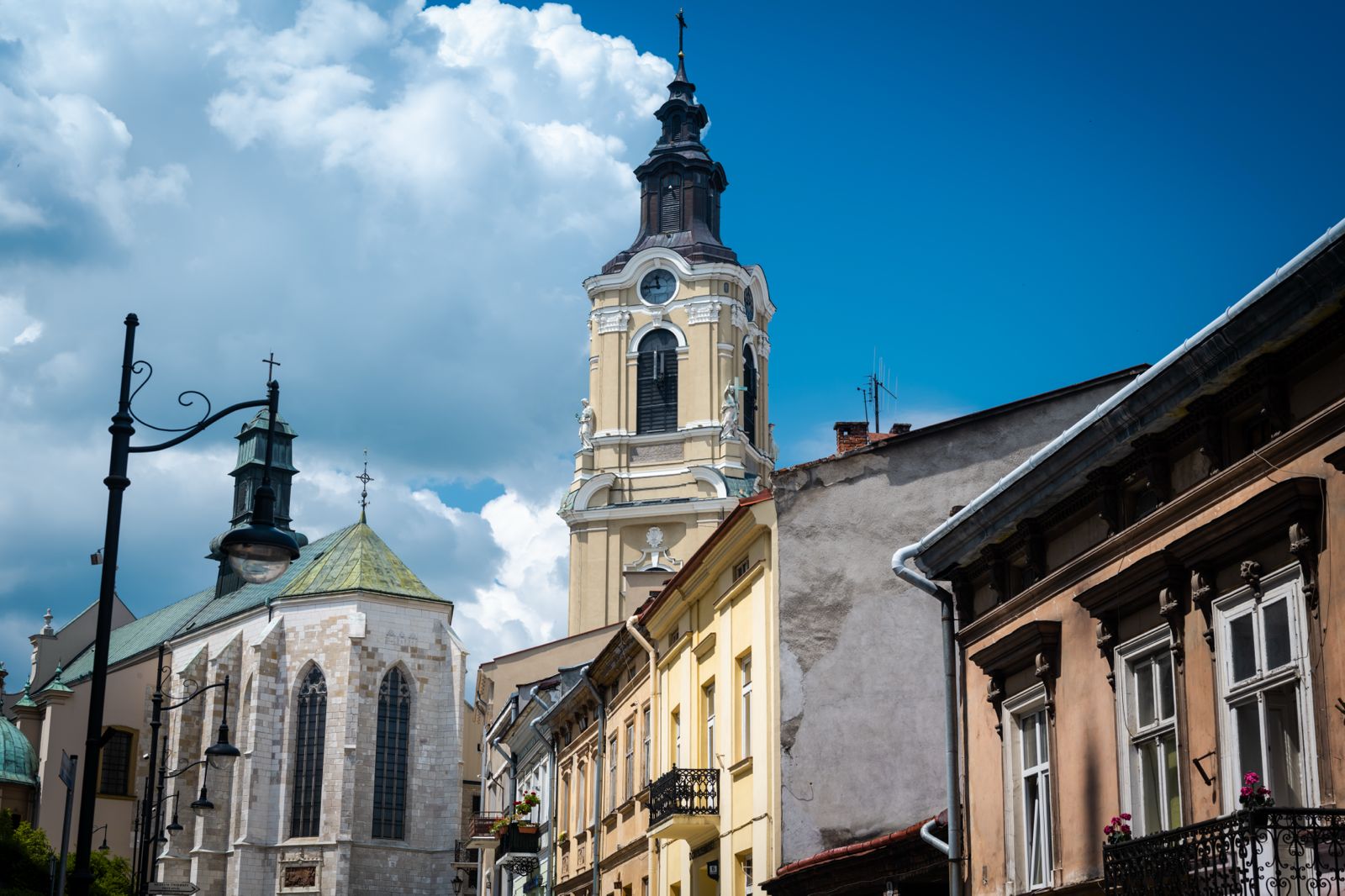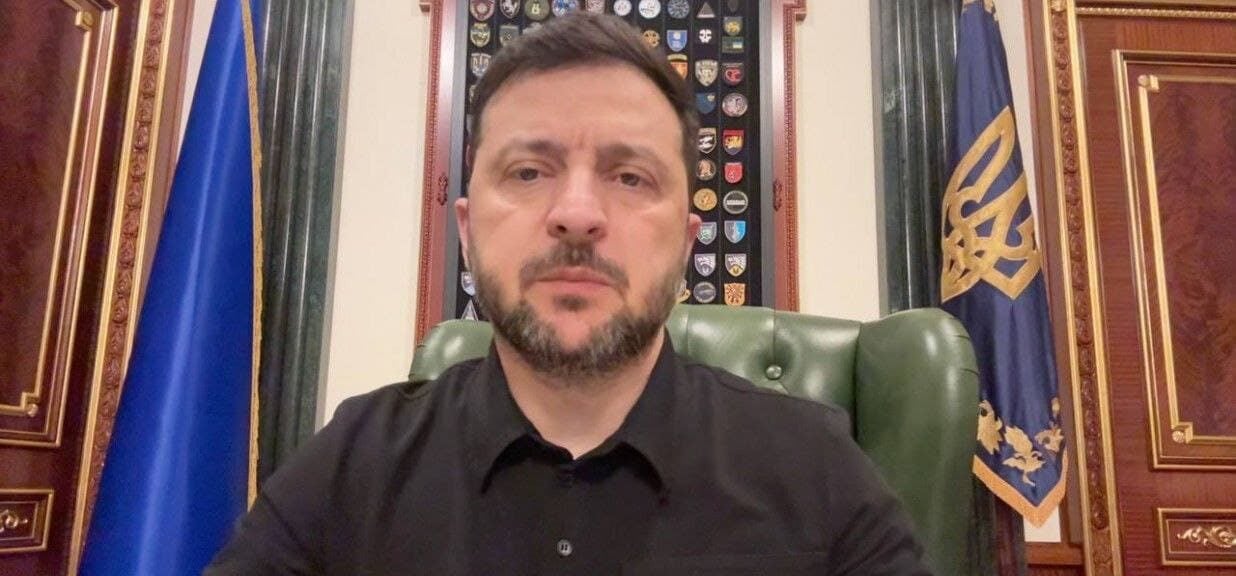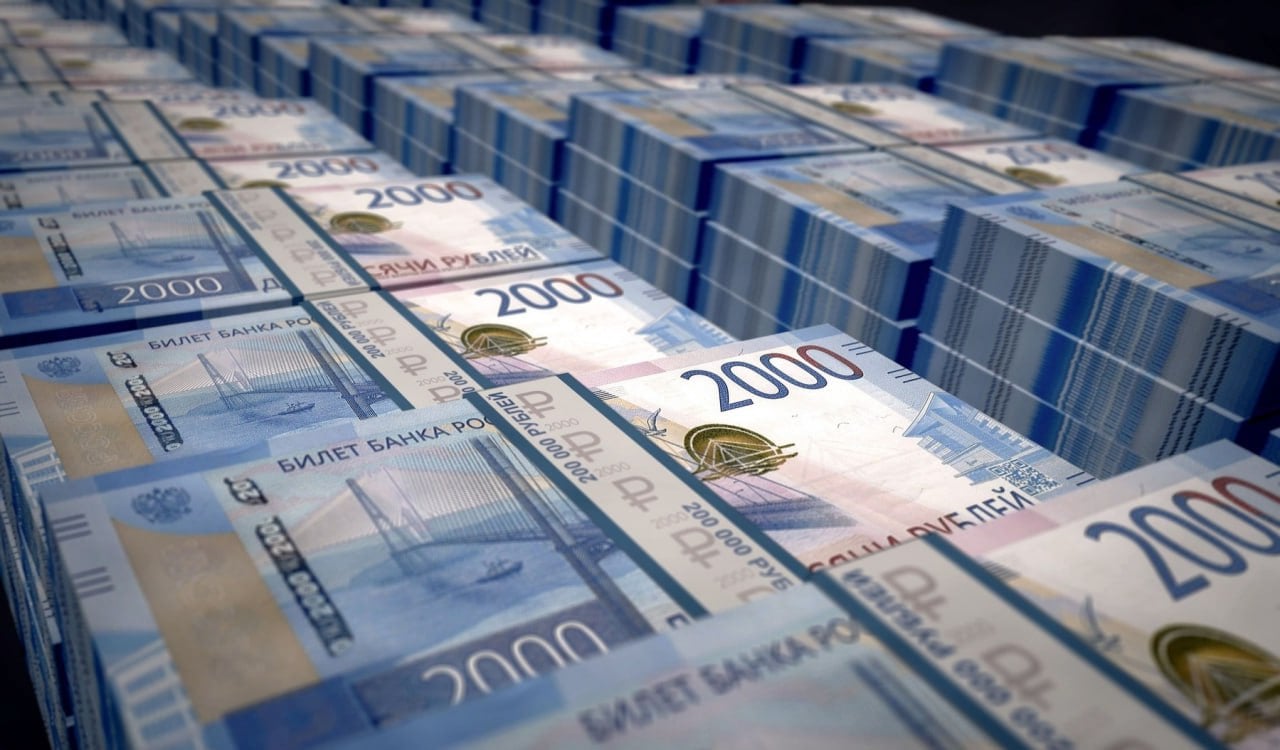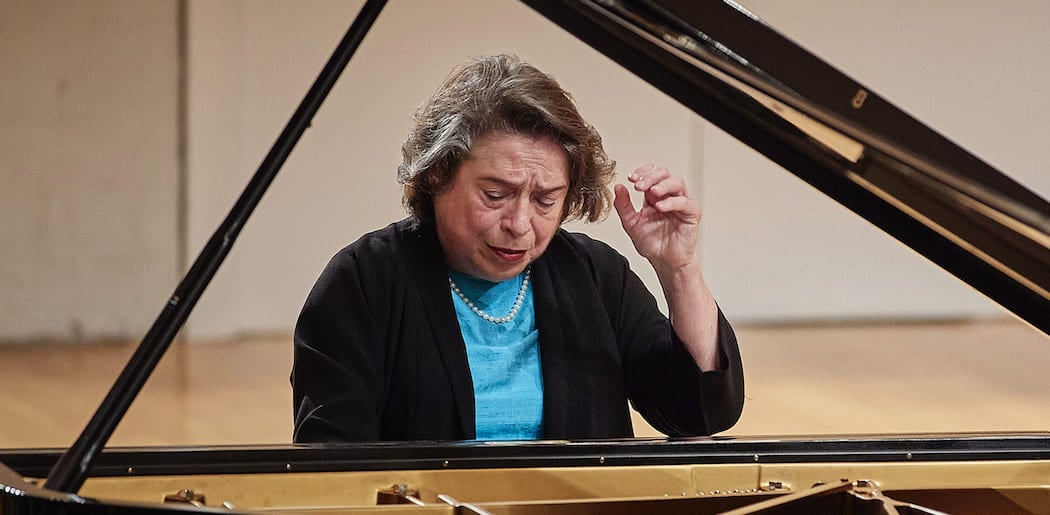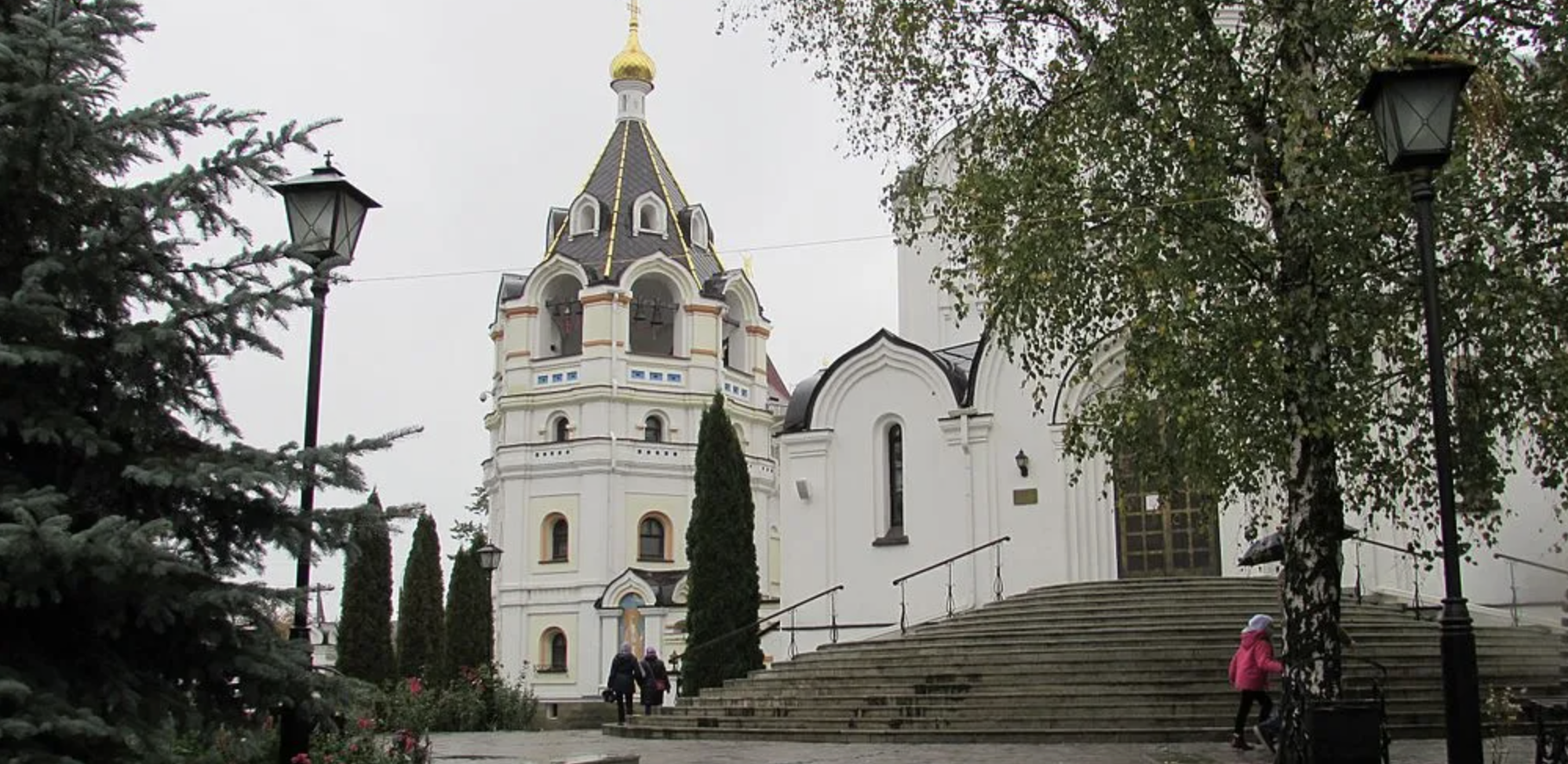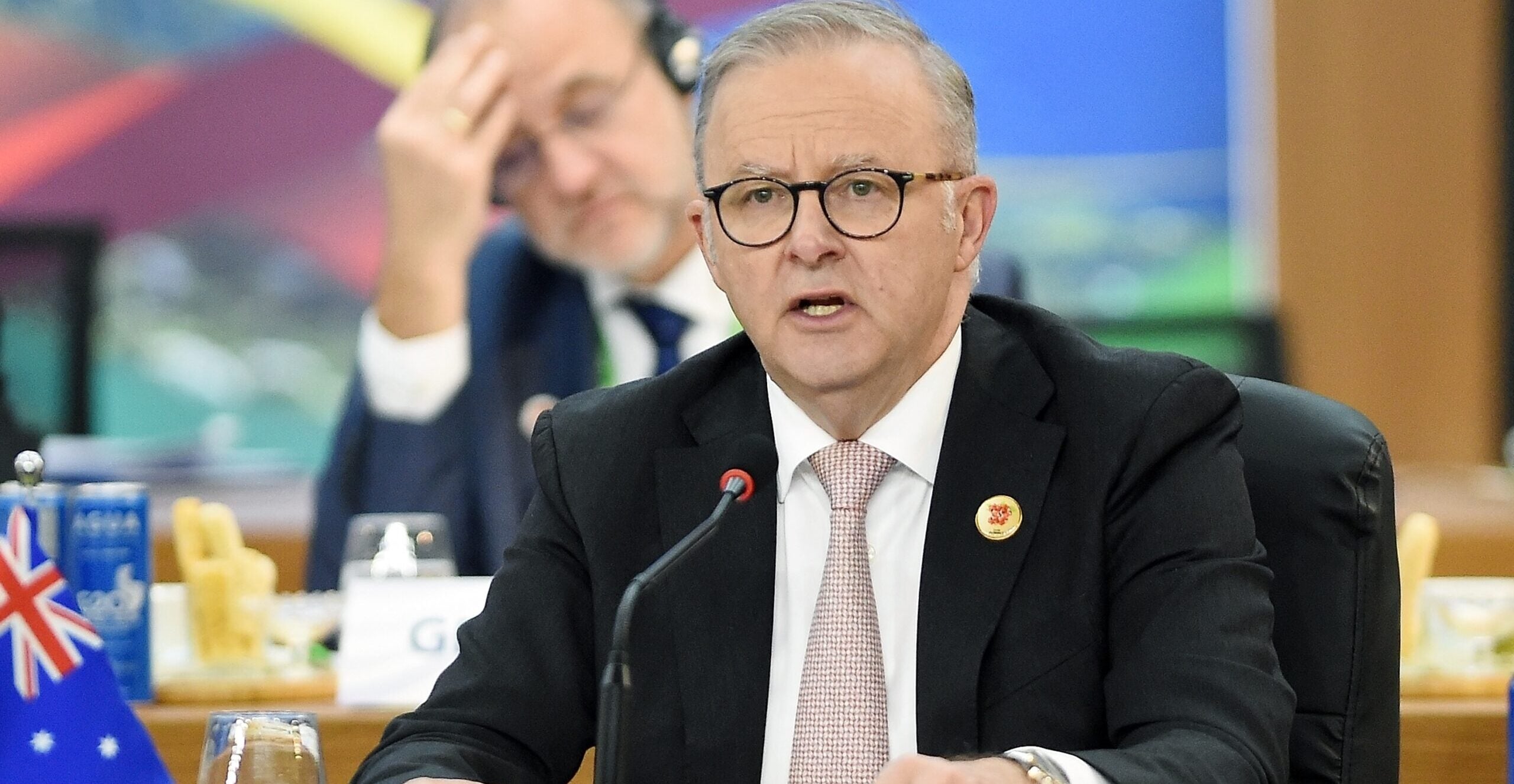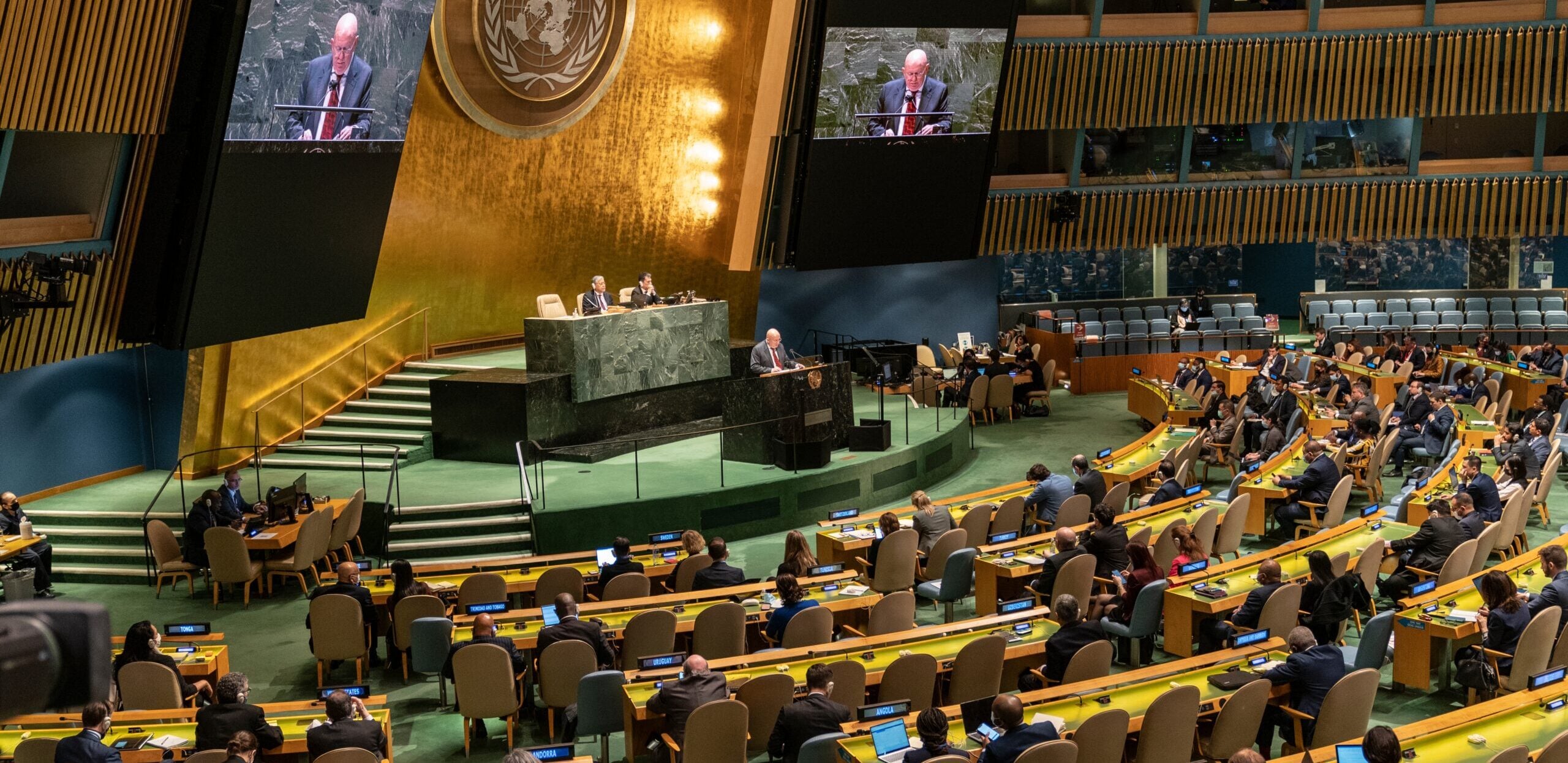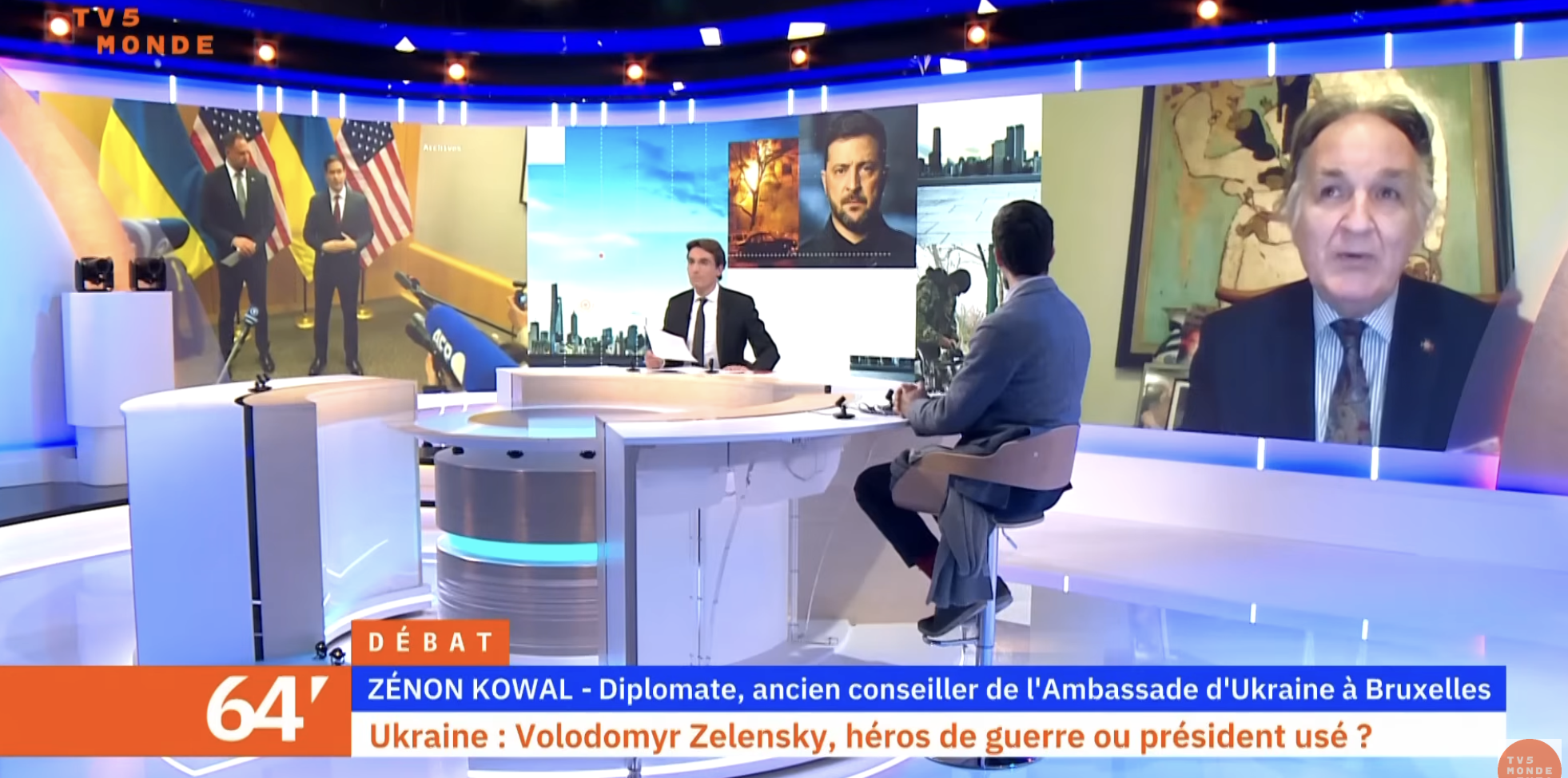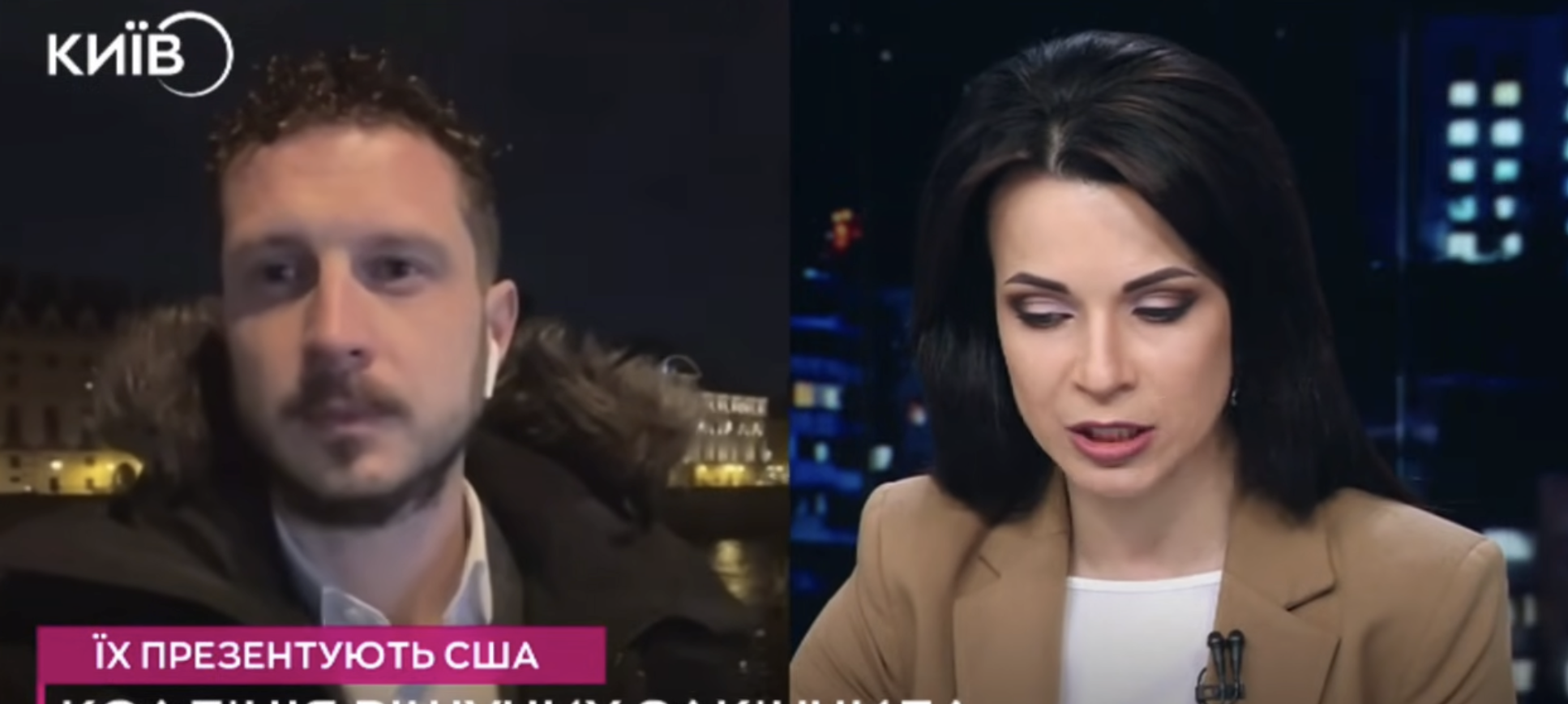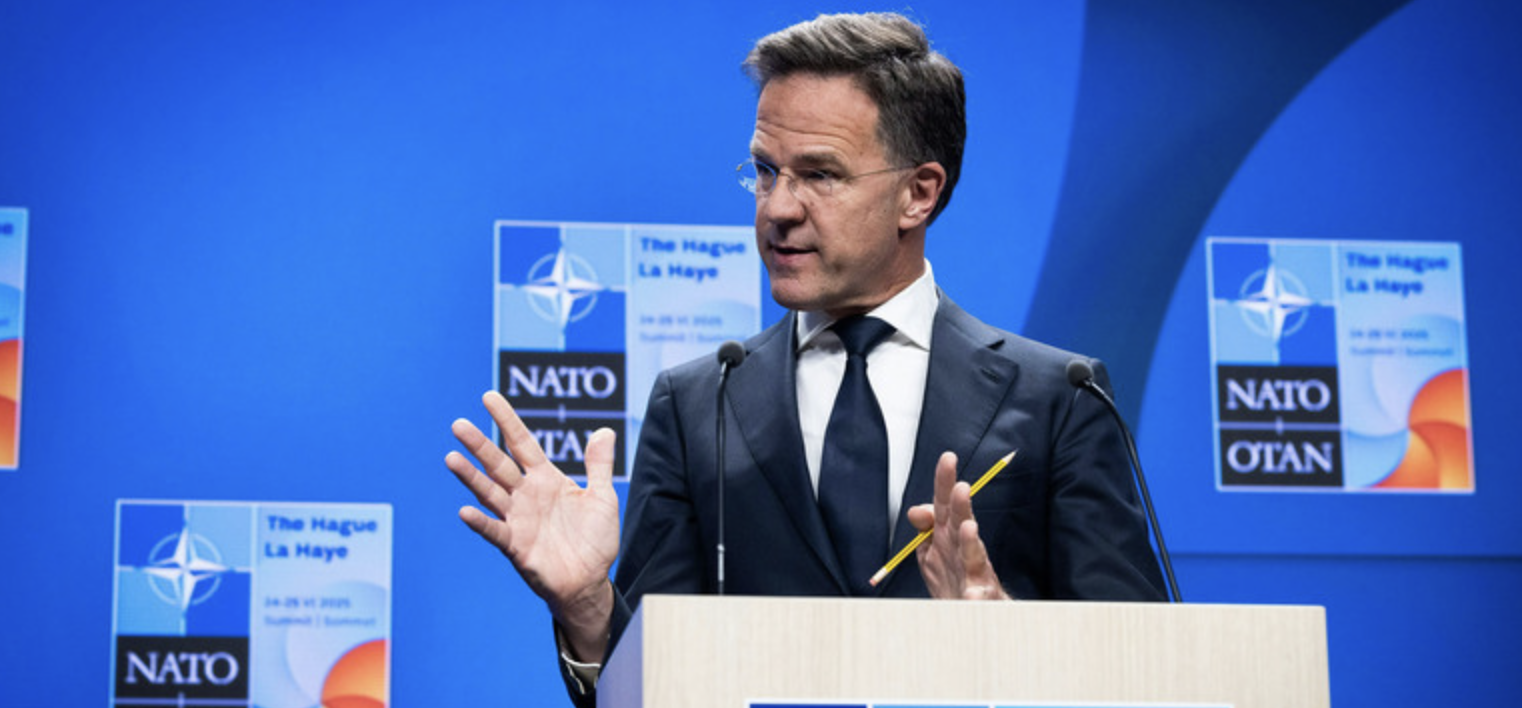

by Alyona Getmanchuk, Head of Ukraine’s Mission to NATO and Director of the New Europe Center
Source: Getmanchuk on Facebook
What to keep in mind before the NATO summit in The Hague?
The upcoming NATO Summit in The Hague can’t be judged by the same standards used for previous Alliance meetings. This applies both to Ukraine’s role in the summit and to the final communiqué.
The reason for this shift is well known: the summit was designed around the particular style of former U.S. President Donald Trump’s participation in such gatherings.
This explains the unusually short agenda program — essentially making it feel like a brief, “short-film” style summit. The final communiqué is also unusually concise, almost “tweetable” in length. The summit’s participants focus mainly on NATO member states, not partners — and the very fact that Ukraine is even invited is itself an achievement.
Finally, the agenda centers on a Trump-initiated goal: raising defense spending to 5 percent of gross domestic product (a country’s economic output value) by 2035.
In other words, everything was structured to ensure the U.S. president would be motivated to attend personally, avoiding a repeat of the 2018 Brussels summit, where Trump’s threats to withdraw the U.S. from NATO overshadowed the agenda.
That the main outcome of the summit revolves around Trump’s key demand — and that this meeting might be remembered as the “5 percent Summit” — is not bad news. Not for NATO, nor for Ukraine.
Even if Trump pushed for this spending increase not because he views Russia as “the most significant and direct threat to the Alliance,” as stated in NATO’s Strategic Concept, insisting on the increase effectively boosts European countries’ ability to deter Russia. Even Europe’s most skeptical U.S. allies acknowledge that without Trump’s pressure, they wouldn’t have dared to raise their defense budgets under any circumstances. This is believable considering that only 23 member states have so far reached the 2 percent GDP defense spending target set at the Wales Summit 11 years ago.
For Ukraine, the increase to 5 percent means more resources to support its defensive capabilities and defense industry. If the summit’s decisions can secure this commitment, it would be a tangible and significant result from this highly unusual meeting — and a key measure to evaluate the summit’s success for Ukraine.
One more important point to note before the summit: the host country.
Although the Netherlands is a NATO founding member and has had four NATO Secretaries General (including the current one, Mark Rutte), this is the first NATO summit ever held in the country — and in the hometown of the current NATO chief. For the Netherlands, hosting the first NATO summit in its 76-year history is truly a special occasion.
The NATO Summit in The Hague is also an opportunity to express gratitude to the Netherlands for its crucial and timely support since the full-scale invasion began — from providing the first Panzerhaubitze artillery systems at a time when many partners hesitated to supply “offensive weapons,” to air defense systems, financial aid, and the first global offer of F-16 fighter jets for Ukraine, which the Netherlands helped turn into concrete decisions. These contributions will not be forgotten.
Cover: NATO
